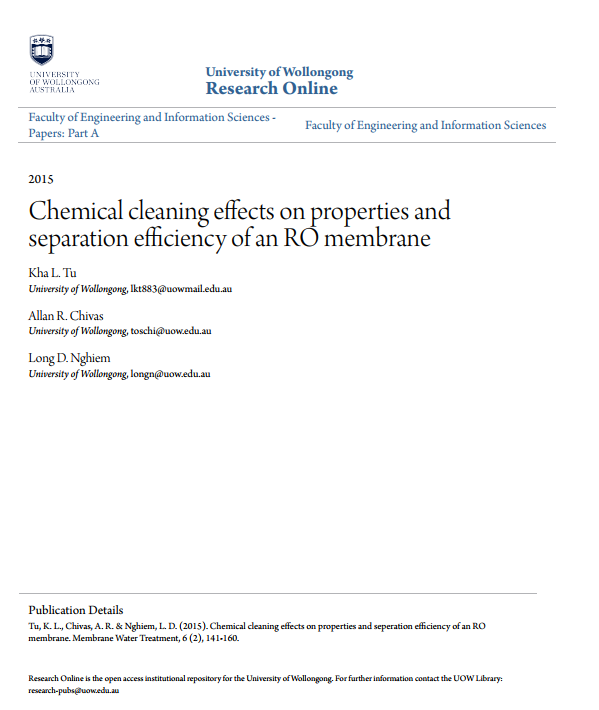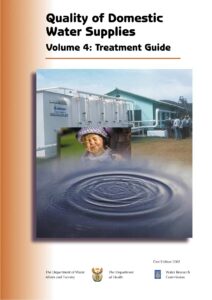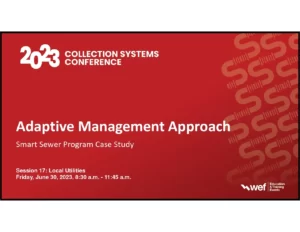Digital Book
Chemical Cleaning Effects On Properties And Separation Efciency Of An RO Membrane

About this book
Read the full description and details below.
Chemical cleaning effects on properties and separation efficiency of an RO membrane
Credit to: https://ro.uow.edu.au/eispapers/3557/
Kha L. Tu
University of Wollongong, lkt883@uowmail.edu.au
Allan R. Chivas
University of Wollongong, toschi@uow.edu.au
Long D. Nghiem
University of Wollongong, longn@uow.edu.au
Book details
Reader reviews
No reviews yet. Be the first to write one!







